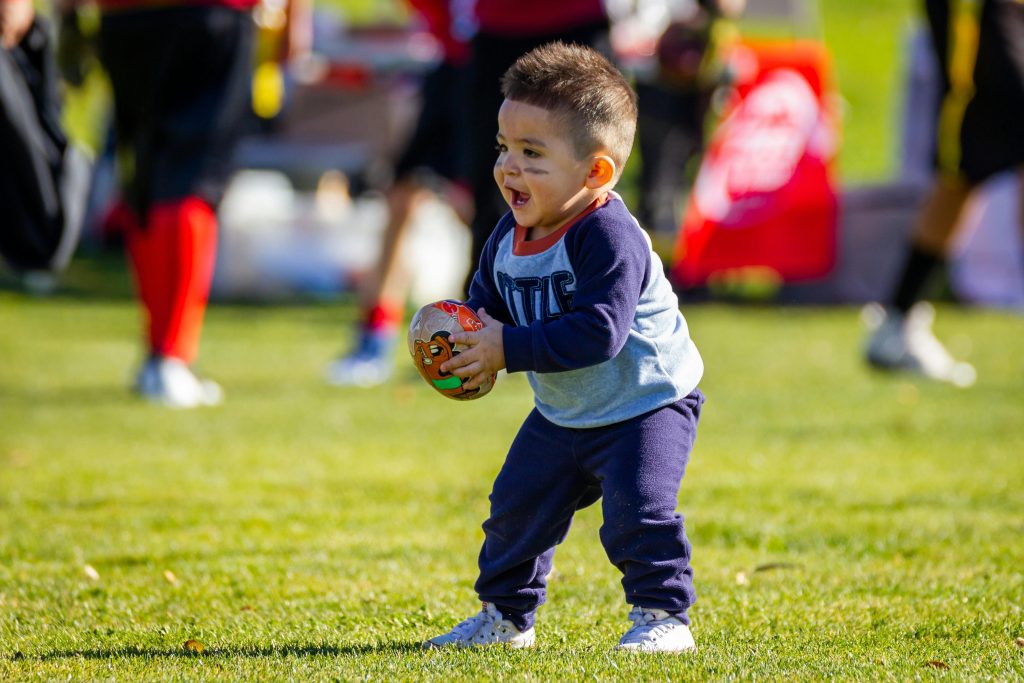
Shopping for kids’ clothing can quickly add up, especially when your little ones seem to grow out of their clothes overnight. However, dressing your children in stylish and comfortable clothes doesn’t have to break the bank. With a little strategy and creativity, it’s entirely possible to build a wardrobe that is both budget-friendly and fashionable. Here’s your ultimate guide to shopping smart without compromising on style when it comes to kids’ clothing.
1. Start with the Basics
Every wardrobe starts with the essentials. Investing in high-quality, versatile basics that can be mixed and matched is one of the best ways to save money in the long run. Look for items that are classic and neutral, such as:
- T-shirts: Opt for simple, well-made t-shirts in neutral colors (white, gray, navy) that can pair with almost anything.
- Jeans or leggings: These are durable, comfortable, and easy to style with almost any top.
- Sweaters or cardigans: Choose lightweight, cozy sweaters that can layer over different outfits.
- Jackets: A versatile jacket that works across seasons (lightweight in spring and fall, warm in winter) is a smart investment.
These pieces can be worn on repeat and dressed up or down depending on the occasion.
2. Look for Sales and Discounts
Shopping during sales is one of the easiest ways to save on kids’ clothing. Here are a few tips for scoring great deals:
- End-of-Season Sales: Many stores offer significant discounts at the end of each season as they clear out inventory for the next. Stock up for the upcoming season by purchasing items in advance for your child’s next size.
- Holiday Sales and Promotions: Keep an eye out for Black Friday, Cyber Monday, and back-to-school sales. Retailers often offer deep discounts on kids’ clothing during these times.
- Clearance Racks: Don’t overlook the clearance section of both online and in-store retailers. You can often find last-season styles at a fraction of the price.
- Sign Up for Newsletters: Many brands offer exclusive discounts to subscribers, so signing up for newsletters can get you access to coupon codes, early access to sales, or additional discounts.
3. Shop at Discount Stores and Thrift Shops
Discount stores and thrift shops can be a goldmine for budget-friendly kids’ clothing. Many children’s clothing items are barely worn, making second-hand shopping an excellent way to stretch your clothing budget. Here’s how to make the most of these options:
- Thrift Shops: Look for local thrift stores, consignment shops, or charity shops. These places often carry gently used clothing, and you can find high-quality brands for a fraction of the original price.
- Outlet Stores: Many clothing brands have outlet locations where you can buy last-season clothes at discounted prices. These outlets often feature popular children’s brands at a much lower cost.
- Online Secondhand Markets: Websites like Poshmark, ThredUp, and eBay offer used kids’ clothing at affordable prices. You can often find nearly new clothes from top brands for a significant discount.
4. Mix High and Low-End Pieces
One way to keep your child’s wardrobe stylish and budget-friendly is by mixing high-end pieces with more affordable items. While basics like leggings, t-shirts, and jeans can be purchased on a budget, you can add a touch of luxury by splurging on statement pieces that will last longer and elevate their outfits. For example:
- Quality Outerwear: A high-quality winter coat or rain jacket can last for multiple seasons, so investing in a durable outerwear piece can save you money over time.
- Shoes: While you can get inexpensive clothing at discount stores, investing in a good pair of shoes (especially for active kids) will ensure they’re comfortable and last longer.
By mixing these higher-end items with affordable pieces, you can create stylish outfits without overspending.
5. Choose Multipurpose Clothing
When buying clothing for kids, aim for versatile pieces that can serve multiple purposes. For instance:
- Reversible Clothing: Some clothes are reversible, giving you two different looks for the price of one.
- Seasonless Pieces: Lightweight jackets, cardigans, and basic t-shirts can be worn in both warmer and cooler seasons.
- Layering: Invest in items that can easily be layered, such as hoodies, long-sleeve shirts, or dresses. Layering allows your child to wear the same piece in different seasons by adding or removing layers based on the weather.
The more ways you can style a single piece, the more value you’ll get from it.
6. Set a Clothing Rotation
Kids tend to grow quickly, and sometimes they only get a few months of wear out of their clothes. To maximize your budget, set up a clothing rotation system. Here’s how:
- Monitor Sizes: Keep track of your child’s current size and growth rate. Be proactive about buying the next size up when it’s on sale, so you’re ready for growth spurts.
- Hand-Me-Downs: If you have multiple children, make use of hand-me-downs. Organize and store items from older children so they can be reused when younger ones are ready for them.
- Swap with Friends and Family: Organizing a clothing swap with other parents can be a fun way to exchange clothes your child no longer wears for pieces they can use.
This method can help keep your child’s wardrobe stocked with clothing while reducing the need to buy new pieces as often.
7. Prioritize Quality Over Quantity
It might be tempting to buy many inexpensive items, but focusing on quality over quantity can save you money in the long run. High-quality fabrics tend to last longer, hold up better after multiple washes, and remain in good condition. Look for durable fabrics like cotton, denim, and knit materials that won’t lose their shape or fade easily. By prioritizing quality, you ensure that your child’s clothes will last longer and won’t need to be replaced as frequently.
8. Get Creative with DIY Projects
If you’re feeling crafty, DIY projects can be a great way to refresh old clothing and add a personal touch to your child’s wardrobe. Consider the following:
- Customize with Iron-On Patches: Add fun designs or character patches to plain shirts or jeans.
- Make Your Own Accessories: Create simple accessories like hairbands, scarves, or even tote bags from leftover fabric.
- Rework Old Clothes: If your child’s clothes are outgrown but still in good condition, consider altering them. Shorten a pair of pants into shorts, or turn a dress into a skirt.
DIY clothing projects can save money and allow you to create unique, one-of-a-kind outfits for your kids.
Conclusion
Shopping for kids’ clothing on a budget doesn’t mean you have to sacrifice style or quality. By being strategic about when and where you shop, investing in versatile basics, and getting creative with your purchases, you can build a stylish and functional wardrobe without breaking the bank. With these tips in mind, you’ll have a practical, fashionable, and affordable wardrobe for your little ones. Happy shopping!
